
The CSIR has set up an enterprise to commercialise its intellectual property at a pace and scale in keeping with its industrial development strategy and its vision to accelerate socioeconomic prosperity through leading innovation.
The enterprise is called CSIR C3 (pronounced CSIR C-Cubed) and is a stand-alone technology commercialisation vehicle.
CSIR C3 is driven by specialists in business creation to nurture enterprises, build partnerships with current enterprises and stimulate investment to complement the technical capabilities of the CSIR.
The creation of CSIR C3 marks an opportunity for collaboration in technology commercialisation. Find out more about this invitation to collaborate by reading the prospectus, or select a specific technology from the list below.
Find out what Blade Nzimande has to say - Minister Blade Nzimande on the CSIR Technology Commercialisation Enterprise Launch
Defence Technology
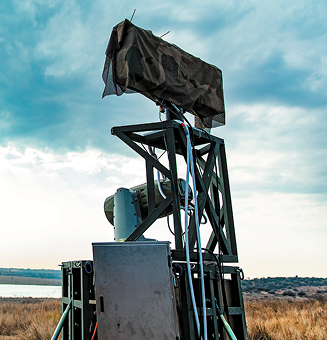 A wide-area surveillance system that detects and classifies moving...
Go somewhere
A wide-area surveillance system that detects and classifies moving...
Go somewhere
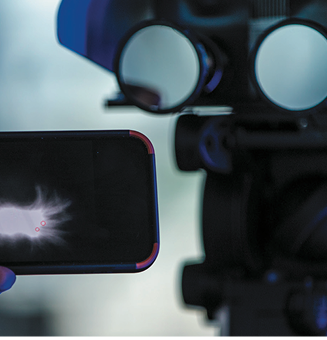 A camera to detect gunshots and gun-related crime.
Go somewhere
A camera to detect gunshots and gun-related crime.
Go somewhere
 A manual turret: Gunner protection for personnel carriers.
Go somewhere
A manual turret: Gunner protection for personnel carriers.
Go somewhere
 A radar system to alert helicopters to-arms attacks.
Go somewhere
A radar system to alert helicopters to-arms attacks.
Go somewhere
Earth Observation
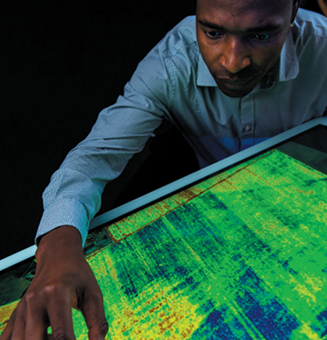 A precision agriculture information system to unlock smart agriculture.
Go somewhere
A precision agriculture information system to unlock smart agriculture.
Go somewhere
 Modern radar antenna technology for weather forecasting and...
Go somewhere
Modern radar antenna technology for weather forecasting and...
Go somewhere
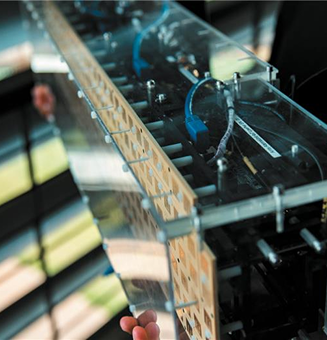 Synthetic aperture radar for unmanned aerial vehicles.
Go somewhere
Synthetic aperture radar for unmanned aerial vehicles.
Go somewhere
 The next generation of Earth observation technology with...
Go somewhere
The next generation of Earth observation technology with...
Go somewhere
Health
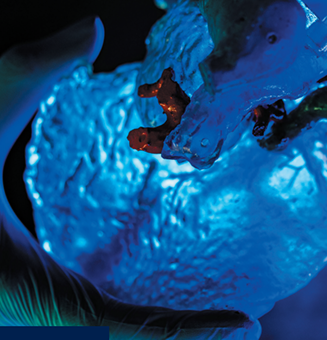 A genome-engineered stem cell tool that mimics the metabolism...
Go somewhere
A genome-engineered stem cell tool that mimics the metabolism...
Go somewhere
 A portfolio of therapeutic and protective monoclonal antibodies.
Go somewhere
A portfolio of therapeutic and protective monoclonal antibodies.
Go somewhere
 A smartphone-based diagnostic tool to detect diseases brings the...
Go somewhere
A smartphone-based diagnostic tool to detect diseases brings the...
Go somewhere
 A kit for the early detection of kidney injury.
Go somewhere
A kit for the early detection of kidney injury.
Go somewhere
Manufacturing
 A local biomanufacturing process for the production of lactic acid.
Go somewhere
A local biomanufacturing process for the production of lactic acid.
Go somewhere
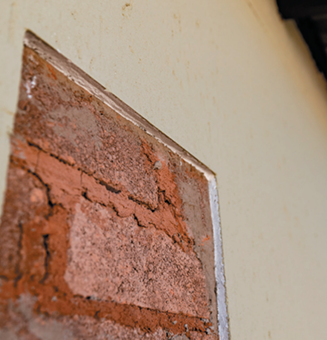 Technology to affordably produce green cement.
Go somewhere
Technology to affordably produce green cement.
Go somewhere
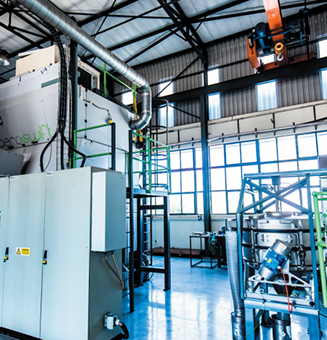 High-speed, high-power metal additive manufacturing platform.
Go somewhere
High-speed, high-power metal additive manufacturing platform.
Go somewhere
 Biodegradable plastic formulations.
Go somewhere
Biodegradable plastic formulations.
Go somewhere
Logistics and Fleet management
 A vessel motion forecast tool.
Go somewhere
A vessel motion forecast tool.
Go somewhere
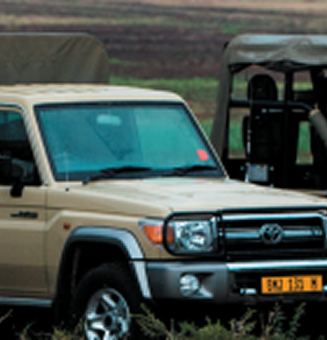 A web-based system with real-time information on asset and fleet...
Go somewhere
A web-based system with real-time information on asset and fleet...
Go somewhere
Contact information: